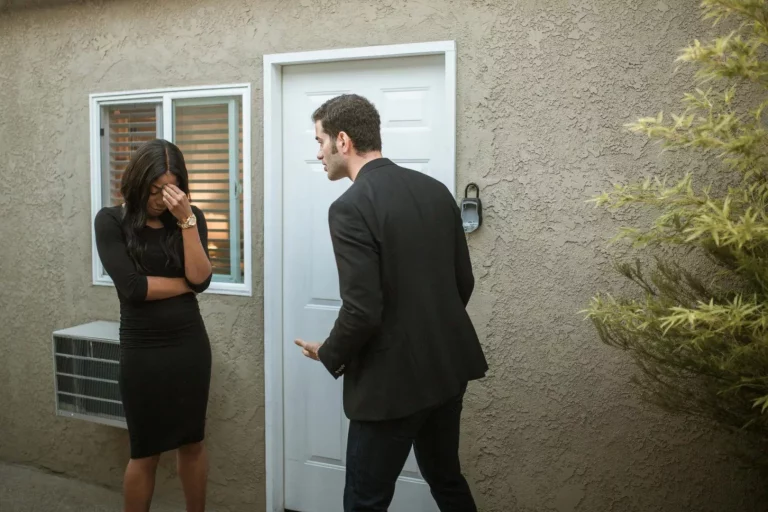Collaborative Divorce vs Mediation: Key Differences
Ever wondered about the differences between collaborative divorce and mediation? Curious to learn how these methods can help resolve your divorce amicably? Join us as we explore the benefits of each approach in our latest article.
As indicated in legal documentation, collaborative divorce involves each spouse hiring their own lawyer and committing to reaching a settlement outside of court, whereas mediation involves a neutral third party facilitating communication and negotiation between the spouses to reach a mutually agreed upon resolution.
Collaborative divorce typically involves more active involvement of the lawyers in the negotiation process, while mediation allows the spouses to have more control over the outcome of the divorce proceedings.
Definition
This process involves open talks, giving and taking, to meet both parties’ needs and interests. Collaborative divorce might also include help from financial advisors or therapists to smooth out the discussions and find good solutions for everyone.
Mediation, on the other hand, uses a neutral third party to help couples agree on aspects like child custody, splitting assets, and spousal support. The mediator helps the spouses communicate and consider different solutions. Unlike collaborative divorce, mediation does not have each spouse’s lawyer present during the meetings.
Come to think of it, both collaborative divorce and mediation are alternatives to going to court. They can reduce the stress and conflict of a court battle. These methods let couples keep control over their decisions and can save time and money compared to court.
In short, both collaborative divorce and mediation aim to help couples work together to resolve issues, but they differ in lawyer involvement and the mediator’s role. Both approaches strive to find positive solutions and help couples move forward.
Process
Come to think of it, this process focuses on open communication, honesty, and solving problems without fighting. Both sides are encouraged to share their needs and concerns and work together to find a solution that works for everyone.
Mediation, on the other hand, involves a neutral third person, called a mediator, who helps the two sides talk to each other to reach a solution. The mediator does not make decisions for them but helps them explore options and agree on their own terms. All kidding aside, mediation is often less formal than going to court and can be cheaper and quicker.
Both a collaborative divorce and mediation need everyone to participate actively and cooperate. It’s important for everyone to listen, talk openly, and be willing to compromise to find a solution that works for all. The goal of both processes is to help everyone reach a fair outcome without needing a long and expensive court fight.
Cost
Collaborative divorce can be more expensive because each person usually needs to hire their own lawyer, along with other professionals like financial advisors or therapists. These costs can add up quickly, making the whole process pricier.
In contrast, mediation often costs less. Even though both people might still bring their own lawyers to the sessions, the total cost is usually lower than in a collaborative divorce. This is because mediation tends to take fewer sessions and less input from outside experts.
For real, but remember, the cost for both collaborative divorce and mediation can change depending on the situation. Things like how complicated the issues are, how willing both people are to work together, and the need for extra professionals can all affect the final cost.
So, when deciding between collaborative divorce and mediation, couples should think about the cost. Collaborative divorce might provide more support and guidance, but it can also be more expensive. Mediation can save money, but it might not work for every couple.
Benefits
When all is said and done, in a collaborative divorce, both spouses and their lawyers work together to reach an agreement without fighting. This approach is often friendlier and can make the divorce process smoother for everyone. It can also be cheaper and faster than going to court.
Mediation, on the other hand, involves a neutral person who helps the spouses talk and find a solution. This can improve communication and help both sides agree more easily. Keeping it real, mediation is often quicker and less expensive than a court battle.
Both collaborative divorce and mediation keep the details of the divorce private. They also give the spouses more control over the decisions they make, instead of leaving everything up to a judge.

Outcomes
This method encourages clear communication and honesty, giving both sides more say in the final outcome. It lets them discuss their needs and worries in a respectful way.
Mediation, on the other hand, involves a neutral person who helps the parties talk to each other. The mediator doesn’t make decisions but helps the parties reach an agreement they both like. The result of mediation depends on the parties’ willingness to compromise and cooperate.
Basically, the results of collaborative divorce and mediation can differ based on each case. Collaborative divorce might lead to a more customized agreement that meets both parties’ needs and interests. Mediation might be quicker and cheaper because it usually involves fewer formal steps.
Both methods aim to reduce conflict and create a cooperative atmosphere for resolving issues. Success in either approach depends on the parties’ willingness to participate and work towards an agreement both can accept.
My Concluding Thoughts
Referencing previous discussions overall, both collaborative divorce and mediation offer couples alternative ways to work through the divorce process with less conflict and more control.
What TheBostonDivorceLawyers is being fans of is, while collaborative divorce allows for a team approach with individual representation, mediation provides a neutral third-party facilitator to guide discussions. Ultimately, the choice between the two options depends on the unique circumstances and preferences of the parties involved.







